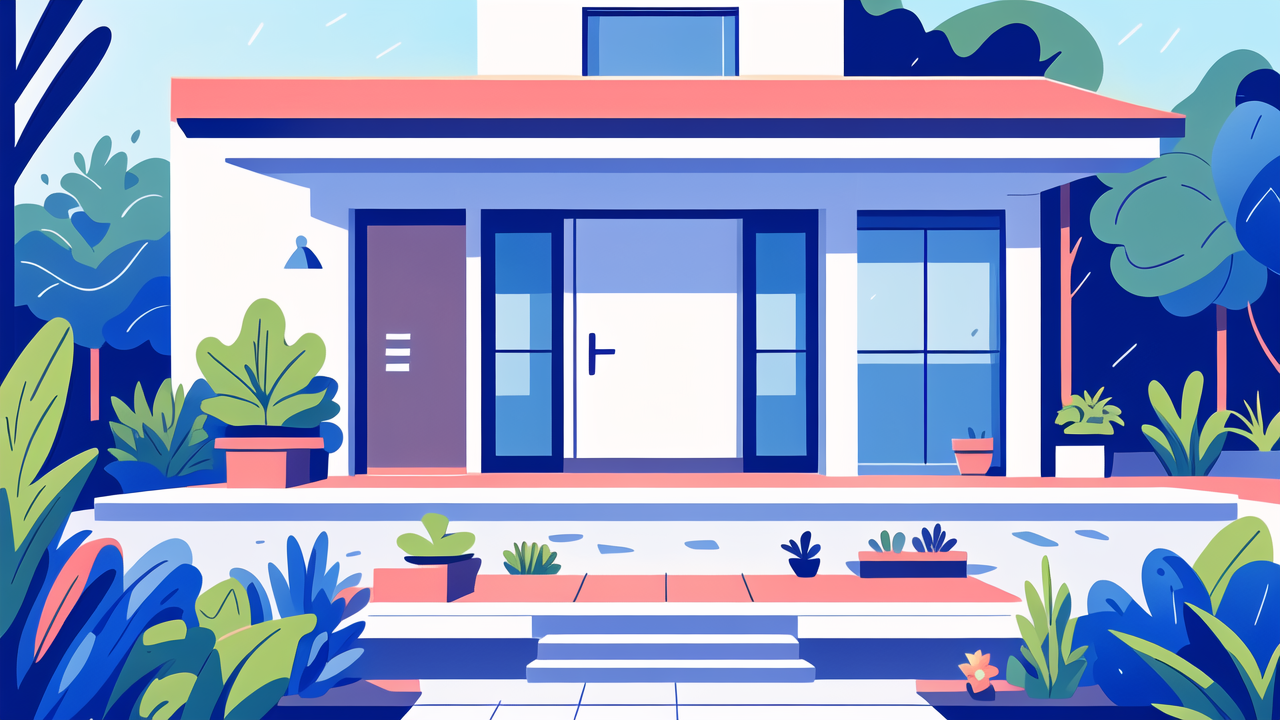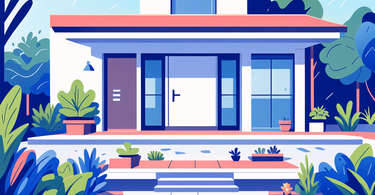Understanding the Role of a Garden Fence in Overall Design
The Aesthetic and Functional Benefits of Garden Fences
Garden fences play a crucial role in creating a cohesive outdoor space. They offer both beauty and function to your garden design. A well-chosen fence can define boundaries, provide privacy, and enhance the overall look of your yard. It can also serve as a backdrop for plants and create a sense of enclosure.

Fences can add visual interest through their design, color, and texture. They can complement your home's architecture and tie together different elements in your garden. Functionally, fences can protect your garden from pests, contain pets, and create separate zones for different activities.
When selecting a fence, consider how it will impact the flow and feel of your outdoor space. A low, open fence can create a welcoming atmosphere, while a taller, solid fence offers more privacy and seclusion.
Identifying the Right Materials for Your Garden Fence
Choosing the right material for your garden fence is crucial for both aesthetics and longevity. Common materials include wood, vinyl, metal, and composite. Each has its own benefits and drawbacks.
- Wood: Natural look, versatile, but requires regular maintenance
- Vinyl: Low maintenance, durable, but can look artificial
- Metal: Strong, long-lasting, but may rust without proper care
- Composite: Eco-friendly, low maintenance, but can be expensive
Consider your climate, budget, and desired look when selecting a material. For example, wood fences work well in moderate climates but may warp in extreme heat or humidity. Vinyl is a good choice for wet areas as it resists moisture damage.
Think about how the fence material will complement your home's exterior and garden style. A rustic wood fence might suit a cottage garden, while a sleek metal fence could enhance a modern landscape design.
Planning for Long-term Durability and Maintenance
To ensure your garden fence stands the test of time, plan for durability and maintenance from the start. Choose materials and designs that can withstand your local weather conditions. Consider factors like wind, rain, snow, and sun exposure.
Regular maintenance is key to extending the life of your fence. Create a maintenance schedule based on the material you choose. For example:
- Wood fences may need annual staining or sealing
- Metal fences might require periodic rust treatment
- Vinyl fences should be cleaned regularly to prevent mold growth
Invest in quality materials and professional installation for better long-term results. While it may cost more upfront, it can save you money and hassle in the long run. Don't forget to factor in the cost and effort of maintenance when choosing your fence type.
Best Practices for Installing a Garden Fence
Mapping Out the Installation Process
Before installing your garden fence, create a detailed plan. Start by measuring your property and marking the fence line. Consider any obstacles like trees, rocks, or utility lines. Sketch out your fence design, including gate locations and any decorative elements.

Next, gather all necessary tools and materials. Common items include:
- Post hole digger or auger
- Level
- Measuring tape
- Concrete mix
- Fence posts and panels
- Hardware (nails, screws, hinges)
Plan each step of the installation process. Decide whether you'll tackle the project yourself or hire professionals. If doing it yourself, research proper techniques for your chosen fence type. Allow ample time for each stage, including setting posts in concrete and attaching panels.
Ensuring Compliance with Local Building Codes in the United States
Before installing your garden fence, check local building codes and regulations. These can vary widely depending on your location in the United States. Common regulations may include:
- Height restrictions
- Setback requirements from property lines
- Specific material or design guidelines
- Permit requirements
Contact your local building department or homeowners' association for specific rules. Some areas may require a survey to confirm property lines before fence installation. Failing to comply with local codes can result in fines or the need to remove your fence.
Consider any easements on your property that might affect fence placement. Utility companies may need access to certain areas, which could impact your fence design or location.
Seasonal Considerations and the Best Times for Installation
The time of year you choose to install your garden fence can impact the process and results. In general, spring and fall are ideal seasons for fence installation in most parts of the United States.
Spring offers moderate temperatures and softer ground, making digging easier. However, be aware of potential rain delays. Fall also provides good conditions, with cooler temperatures and typically drier weather.
Avoid installing fences during extreme weather conditions:
- Winter: Frozen ground can make digging difficult
- Summer: Extreme heat can cause wood to warp or concrete to dry too quickly
Consider your local climate when planning. In areas with mild winters, installation may be possible year-round. In regions with heavy spring rains, late summer or early fall might be better.
Innovative Garden Fence Designs to Boost Curb Appeal
Exploring Different Styles of Garden Fences
Garden fences come in a variety of styles to suit different tastes and home designs. Some popular options include:

- Picket fences: Classic and charming, ideal for cottage-style gardens
- Privacy fences: Tall and solid, perfect for creating secluded spaces
- Split-rail fences: Rustic and open, great for defining boundaries without blocking views
- Lattice fences: Decorative and airy, excellent for supporting climbing plants
Consider mixing styles for a unique look. For example, combine a solid lower panel with an upper lattice section. This provides privacy while still allowing light and air flow.
Explore unconventional materials like bamboo or recycled materials for an eco-friendly twist. Living fences, made from closely planted shrubs or trees, offer a natural alternative to traditional fences.
Incorporating Personal Touches and Unique Features
Add personality to your garden fence with creative touches. Here are some ideas:
- Paint your fence in a bold color or create a mural
- Hang planters or bird houses on fence posts
- Integrate built-in seating or shelving into your fence design
- Use decorative post caps or finials for added flair
Consider functional additions like trellises for climbing plants or hidden storage compartments. Lighting can transform your fence at night, creating a magical atmosphere. Solar-powered fence lights are an eco-friendly option.
Remember, these personal touches should complement your overall garden design. Aim for a balance between creativity and cohesion with your home's style.
How to Choose the Right Design for Your Home and Garden
Selecting the perfect fence design involves considering several factors:
- Your home's architectural style
- The overall feel of your garden (formal, casual, modern, rustic)
- Your privacy needs
- Local climate and maintenance requirements
- Budget constraints
Start by looking at your home's exterior. Choose a fence style that complements its lines and materials. For a cohesive look, match your fence color to your home's trim or siding.
Consider your garden's style and purpose. A formal garden might benefit from a structured fence design, while a wildlife-friendly garden could use a more open style.
Balance your desire for privacy with the need for light and air circulation. Remember, a fence that's too imposing can make your space feel cramped.
Ultimately, choose a design that enhances your outdoor living experience and adds value to your property. With careful planning and creativity, your garden fence can become a stunning feature of your overall landscape design.
